 The Cessna 310 is an American six-seat, low-wing, twin-engine monoplane that was produced by Cessna between 1954 and 1980. It was the first twin-engine aircraft that Cessna put into production after World War II.
The Cessna 310 is an American six-seat, low-wing, twin-engine monoplane that was produced by Cessna between 1954 and 1980. It was the first twin-engine aircraft that Cessna put into production after World War II.
The 310 first flew on January 3, 1953 with deliveries starting in late 1954. The sleek modern lines of the new twin were backed up by innovative features such as engine exhaust thrust augmenter tubes and the storage of all fuel in tip tanks in early models. Later models included in-wing fuel tanks. In 1964, the engine exhaust was changed to flow under the wing instead of the augmenter tubes, which were considered to be noisy.
Typical of Cessna model naming conventions, a letter was added after the model number to identify changes to the original design over the years. The first significant upgrade to the 310 series was the 310C in 1959, which introduced more powerful 260 hp (194 kW) Continental IO-470-D engines. In 1960 the 310D featured swept back vertical tail surfaces. An extra cabin window was added with the 310F.
The 320 Skyknight was developed from the 310F, which featured turbocharged TSIO-470-B engines and a fourth cabin side-window. The Skyknight was in production between 1961 and 1969 (the 320E was named the Executive Skyknight), when it was replaced by the similar Turbo 310.
The 310G was certified in 1961 and introduced the canted wingtip fuel tanks found on the majority of the Cessna twin-engine product line, marketed as ‘stabila-tip’ tanks by Cessna because they were meant to aid stability in flight. A single side window replaced the rear two windows on the 310K (certified in late 1965), with optional three-blade propellers being introduced as well. Subsequent developments included the 310Q and turbocharged T310Q with redesigned rear cabin featuring a skylight window, and the final 310R and T310R, identifiable by a lengthened nose containing a baggage compartment. Production ended in 1980.
Commercial applications
The Cessna 310 was a common charter aircraft for the many air taxi firms that sprang up in the general aviation boom that followed World War II. The advantages of the Cessna 310 over its contemporaries, such as the Piper PA-23, were its speed, operating costs and after market modifications such as the Robertson STOL kits which made it popular worldwide for its bush flying characteristics. It could use short runways while at the same time carrying a large useful load of 2,000 lb (910 kg) or more, at high speeds for a twin engine piston aircraft.
Military applications
In 1957, the United States Air Force (USAF) selected the Cessna 310 for service as a light utility aircraft for transport and administrative support. The USAF purchased 160 unmodified 310A aircraft with the designation L-27A and unofficially nicknamed Blue Canoe, later changed to U-3A in 1962. An additional 36 upgraded 310 designated L-27B (later U-3B) were delivered in 1960-61.
These aircraft were essentially military 310Fs and as such equipped with the more powerful 260 hp (194 kW) engines and can be identified by their extra cabin windows, longer nose and swept vertical fin. A USAF study after one year of operational service found the U-3A had direct operating costs of less than $12 an hour. Some USAF aircraft were later transferred to the US Army and US Navy and the type continued in US military service into the mid 1970s.
